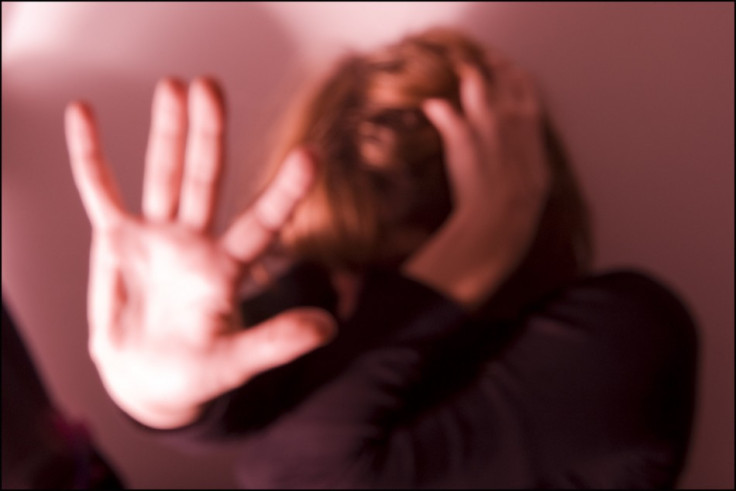Domestic Violence, FGM and Murder: Which Countries Place Women in Greatest Danger?

Over 10,000 women and children are at risk of being killed or seriously injured by former or current partners in the UK, according to police assessments.
The Guardian has revealed the extent of domestic violence across Britain, from data obtained from 44 police forces across England, Wales and Scotland. Around 10,952 individuals - the majority of whom are women - were deemed to be at high risk of death and severe injury in the home in the previous year to November.
There are around 3.3 billion women and girls worldwide, many of whom experience domestic and sexual violence, political and social oppression and discrimination. In spite of progress being made in various countries, many women remain unprotected and under attack.
IBTimes UK now examines which are the best and worst countries for women, in terms of violence, oppression, education and freedom.
The worst countries for women
Afghanistan
Under the Karzai administration, women still struggle to gain freedom in a primarily patriarchal society. The average lifespan of an Afghan woman is just 45, one year less than for men, while illiteracy rates remain very low. Approximately 15% of females can read and write. Afghanistan is also blighted with "honour" killings, forced marriage and domestic violence.
This month, a change to the country's criminal prosecution code was announced which will allow men to attack their wives, children and sisters without fear of judicial repercussions. The law bans relatives of an accused person from testifying against them, although most violence against Afghan women is within the family.
Democratic Republic of Congo
The DRC has been described as the "rape capital of the world" which harbours prevalent sexual violence against women - a phenomenon heightened by the conflicts in the early 1990s and later. The eastern region of the country has the highest rate of sexual violence and systematic rape, the majority of which is perpetrated by armed militia groups. There is no law against female genital mutilation and maternal healthcare is very limited. HIV and AIDs are rife as a woman can only use contraception with the permission of her husband, rendering her susceptible to disease.
Iraq

Sectarian violence is often aimed at Iraqi women and girls, who have been entangled in social upheaval in various conflicts. As a result of the US invasion of Iraq, thousands of Iraqi women have been widowed and over 1 million women have been displaced from their homes.
Women's rights organisations struggle to improve women's legal, educational and workplace status. In addition, domestic violence is often overlooked. A Unicef survey of adolescent girls aged 15 to 19, between the years of 2002 and 2009, revealed 57% thought a husband would be justified in hitting his wife under certain circumstances. In 1990, Saddam Hussein introduced a penal code which exempted a man for killing a woman in defence of the honour of his family.
Yemen
Yemeni women do not hold many economic, social or cultural rights. A woman has a one-in-three chance of being able to read and write, and around 71% of women are illiterate. Across the country, access to healthcare is low and a Yemeni woman has a one-in-39 chance of dying in childbirth. Women as young as 12 are forced to marry older men, as there is no minimum age for marriage.
In terms of political involvement, women are grossly underrepresented. Yemeni women do participate in parliamentary elections both as voters and as candidates, yet the number of women in parliament fell from 11 to one between 1993 and 2003. Women need approval from a male relative to marry and they are frequently arrested for arbitrary "crimes" - which include adultery and smoking.
Nepal

Trafficking is major issue in the country. Last year, Unicef reported as many as 7,000 women and girls had been trafficked out of Nepal to India. Around 200,000 women and girls are now working in Indian brothels.
In some rural areas of western and central Nepal, members of the Hindu community still practice Chhaupadi, a custom that forces women to live in a stable or shed while menstruating or just after giving birth as they are considered impure.
The best countries for women
Iceland, Norway, Australia, Canada and Sweden all rank highly in terms of women's rights, education, standard of living, healthcare, levels of domestic and sexual violence and life expectancy. It is unsurprising that these countries are among the wealthiest in the world. Other countries include Japan and Ireland.
In 2013, Ireland passed a new law allowing abortion under certain circumstances, which stated a woman could undergo the procedure if her life is at risk, including suicide. Iceland has had the overall smallest gender gap for five consecutive years, while ranking first in education and economic empowerment for women.
© Copyright IBTimes 2025. All rights reserved.



















